As a pet owner, it is important to provide your furry friend with the best care possible. This includes choosing the right bedding for your hamster. With so many options available in the market, it can be overwhelming to decide which one is the best for your little companion. In this blog post, we will discuss the top 6 best hamster bedding options and help you make an informed decision for your pet’s comfort and health.
Seemore: Can a Hamster Eat a Strawberry?
1. Wood Shavings Bedding
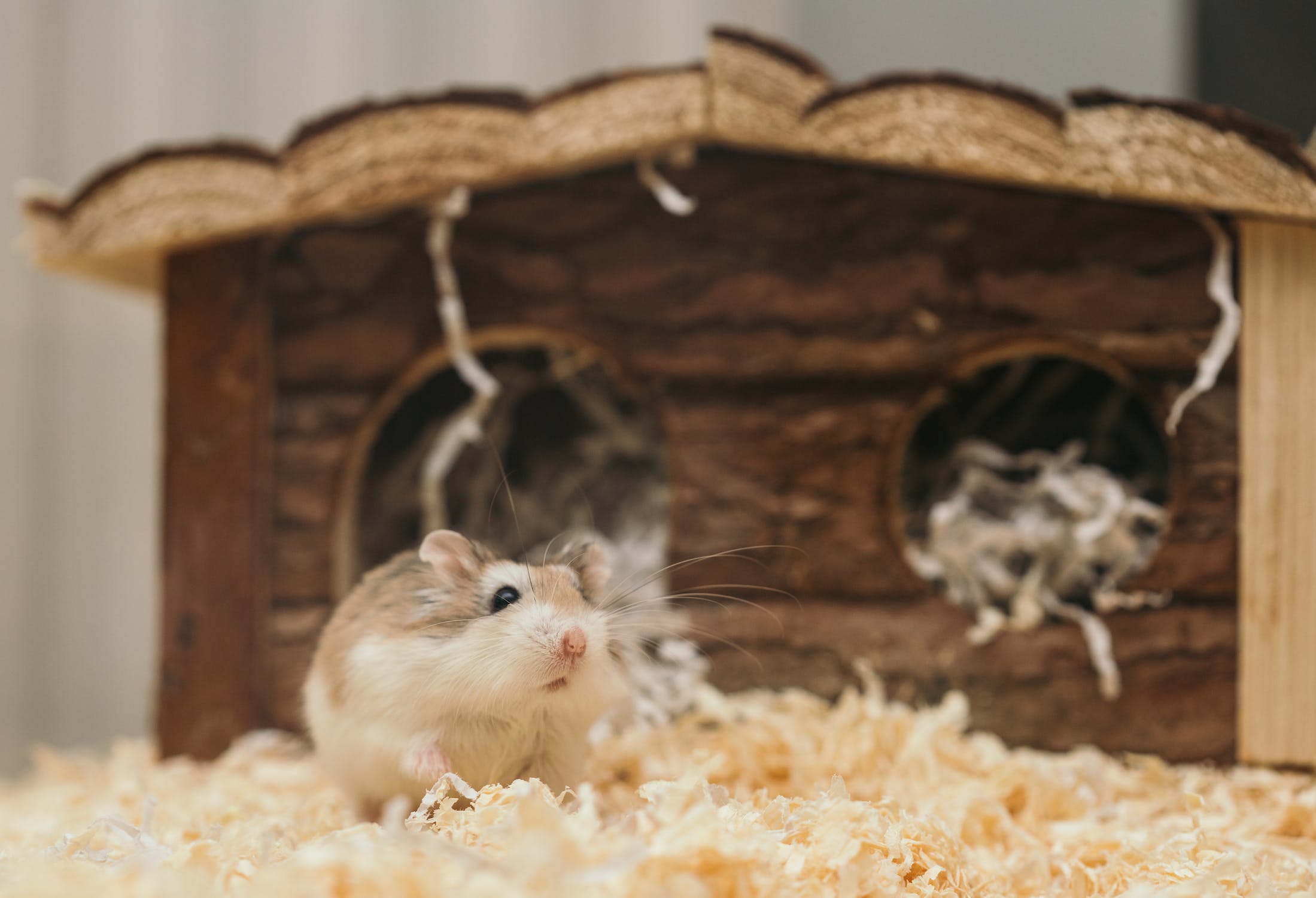
Wood shavings are one of the most popular choices for hamster bedding. They are affordable, readily available, and easy to clean. However, not all wood shavings are suitable for hamsters. Cedar and pine shavings contain aromatic oils that can be harmful to small animals. These oils can cause respiratory issues and liver damage in hamsters.
Types of Wood Shavings
There are two types of wood shavings that are safe for hamsters – aspen and kiln-dried pine. Aspen shavings are soft, absorbent, and have a pleasant smell. They are also dust-free, making them ideal for hamsters with respiratory problems. Kiln-dried pine shavings are heat-treated to remove the harmful oils, making them safe for hamsters. They are also more affordable than aspen shavings.
Pros and Cons of Wood Shavings Bedding
Pros:
- Affordable
- Easily accessible
- Absorbent
- Soft and comfortable for hamsters
- Dust-free options available
- Easy to clean
Cons:
- Some types can be harmful to hamsters
- Can be messy and require frequent cleaning
- Not very odor-absorbent
- May stick to hamster’s fur
Table: Comparison of Different Types of Wood Shavings Bedding
| Type | Pros | Cons |
|---|---|---|
| Aspen Shavings | Soft, absorbent, dust-free, pleasant smell | More expensive |
| Kiln-Dried Pine Shavings | Affordable, safe for hamsters | Not as soft as aspen shavings |
2. Paper-Based Bedding
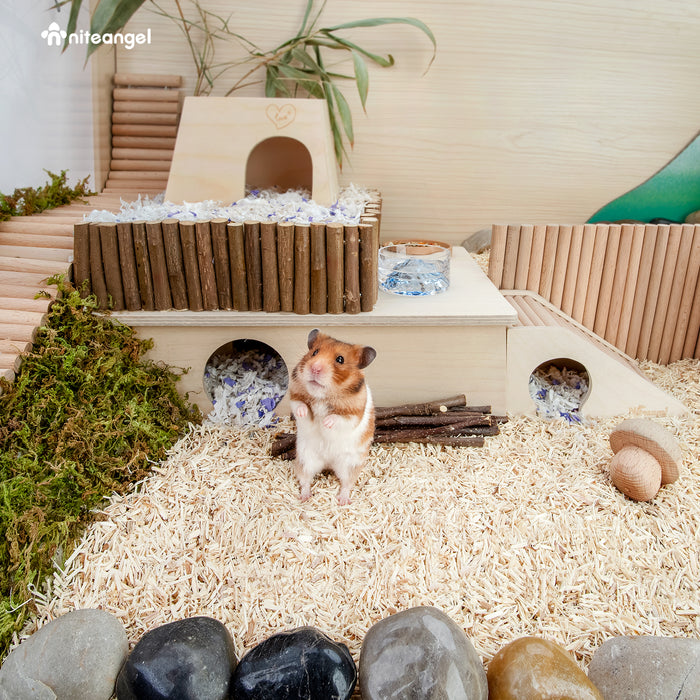
Paper-based bedding is another popular option for hamster owners. It is made from recycled paper and is highly absorbent. This type of bedding is also dust-free, making it suitable for hamsters with respiratory issues. Paper-based bedding is available in different forms such as pellets, crumbled paper, or shredded paper.
Types of Paper-Based Bedding
There are two types of paper-based bedding – recycled paper and paper pulp. Recycled paper bedding is made from shredded newspaper or office paper. It is affordable and readily available. Paper pulp bedding is made from compressed paper fibers and is more absorbent than recycled paper bedding. However, it can be more expensive.
Pros and Cons of Paper-Based Bedding
Pros:
- Highly absorbent
- Dust-free
- Environmentally friendly
- Available in different forms
- Easy to clean
Cons:
- Can be expensive
- May not control odor well
- Some types may stick to hamster’s fur
- May require frequent changing
List: Things to Consider When Choosing Paper-Based Bedding
- Type of paper used
- Absorbency level
- Dust-free
- Odor control
- Availability
- Price
3. Natural Grass Bedding

Natural grass bedding is a great option for hamsters who love to burrow. It is made from dried grass and is completely natural and safe for hamsters. This type of bedding is soft, comfortable, and has a natural scent that can be appealing to hamsters. It is also biodegradable, making it an eco-friendly choice.
Types of Natural Grass Bedding
There are two types of natural grass bedding – hay and straw. Hay is made from dried grass and is softer and more absorbent than straw. Straw is made from the stalks of cereal plants and is less absorbent than hay. Both types are safe for hamsters, but hay is a better option as it provides more comfort.
Pros and Cons of Natural Grass Bedding
Pros:
- Soft and comfortable
- Safe and natural
- Biodegradable
- Absorbent
- Attractive scent for hamsters
Cons:
- May not control odor well
- Can be messy and require frequent cleaning
- Some types may have sharp pieces that can harm hamsters
- May not be readily available in all areas
Table: Comparison of Different Types of Natural Grass Bedding
| Type | Pros | Cons |
|---|---|---|
| Hay | Soft, absorbent, natural scent | More expensive |
| Straw | Biodegradable, affordable | Less absorbent |
4. Coconut Fiber Bedding
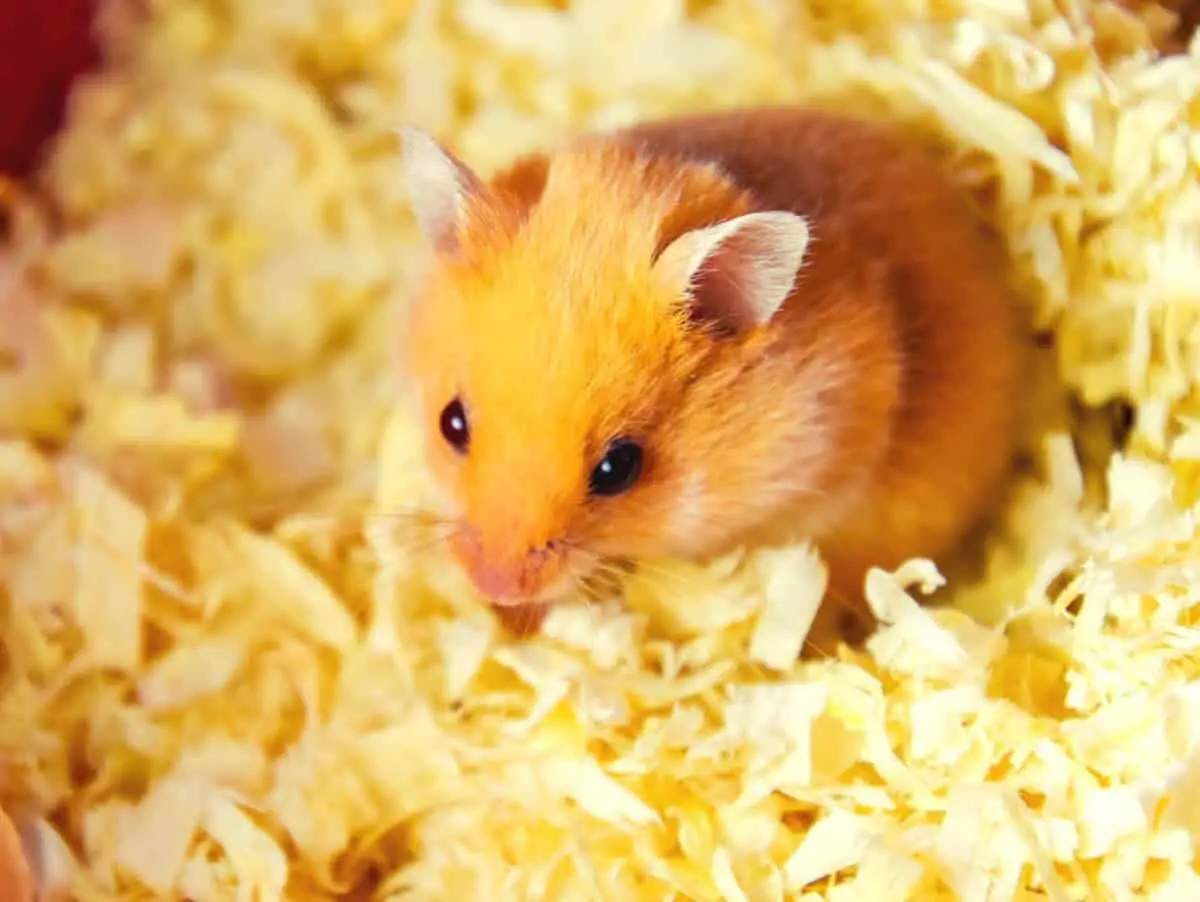
Coconut fiber bedding, also known as coconut coir or coconut husk, is a popular choice among hamster owners. It is made from the outer shell of coconuts and is highly absorbent. This type of bedding is also dust-free, making it suitable for hamsters with respiratory issues. Coconut fiber bedding is available in different forms such as pellets, blocks, or loose fibers.
Types of Coconut Fiber Bedding
There are two types of coconut fiber bedding – compressed and loose. Compressed coconut fiber bedding comes in the form of blocks or pellets and expands when exposed to water. Loose coconut fiber bedding is already expanded and ready to use. Both types are safe for hamsters, but compressed bedding is more cost-effective.
Pros and Cons of Coconut Fiber Bedding
Pros:
- Highly absorbent
- Dust-free
- Environmentally friendly
- Available in different forms
- Long-lasting
Cons:
- Can be expensive
- May not control odor well
- Some types may stick to hamster’s fur
- May require frequent changing
List: Things to Consider When Choosing Coconut Fiber Bedding
- Type of coconut fiber used
- Absorbency level
- Dust-free
- Odor control
- Availability
- Price
5. Fleece Bedding
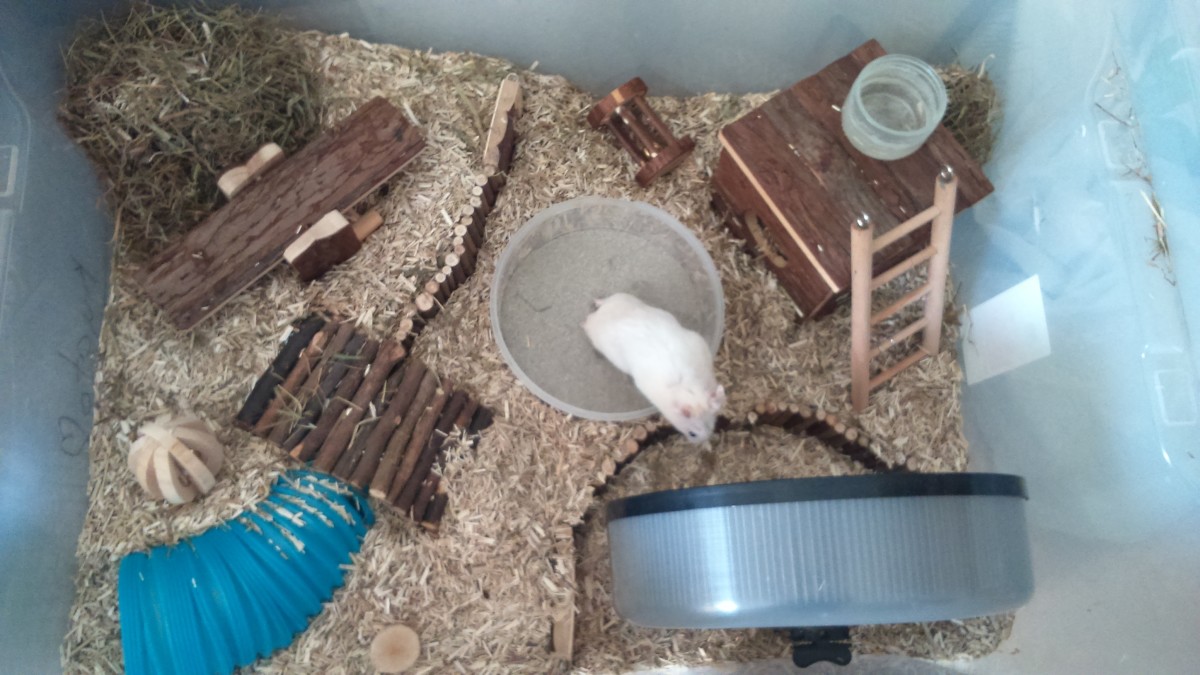
Fleece bedding is a popular choice among hamster owners who prefer a more customizable option. It is made from soft, synthetic material and is available in various colors and patterns. Fleece bedding is also reusable, making it a cost-effective option in the long run.
Types of Fleece Bedding
There are two types of fleece bedding – loose and liners. Loose fleece bedding consists of small pieces of fleece that can be scattered on the cage floor. Liners are large pieces of fleece that cover the entire cage floor and can be easily removed for cleaning. Both types are safe for hamsters, but liners are more convenient and easier to clean.
Pros and Cons of Fleece Bedding
Pros:
- Soft and comfortable
- Reusable
- Customizable
- Easy to clean
- Attractive designs
Cons:
- May not control odor well
- Can be messy and require frequent cleaning
- Some types may have sharp pieces that can harm hamsters
- May not be suitable for burrowing
Table: Comparison of Different Types of Fleece Bedding
| Type | Pros | Cons |
|---|---|---|
| Loose Fleece Bedding | Soft, reusable, customizable | More maintenance required |
| Fleece Liners | Easy to clean, attractive designs | May not be suitable for burrowing |
6. Paper Pellet Bedding
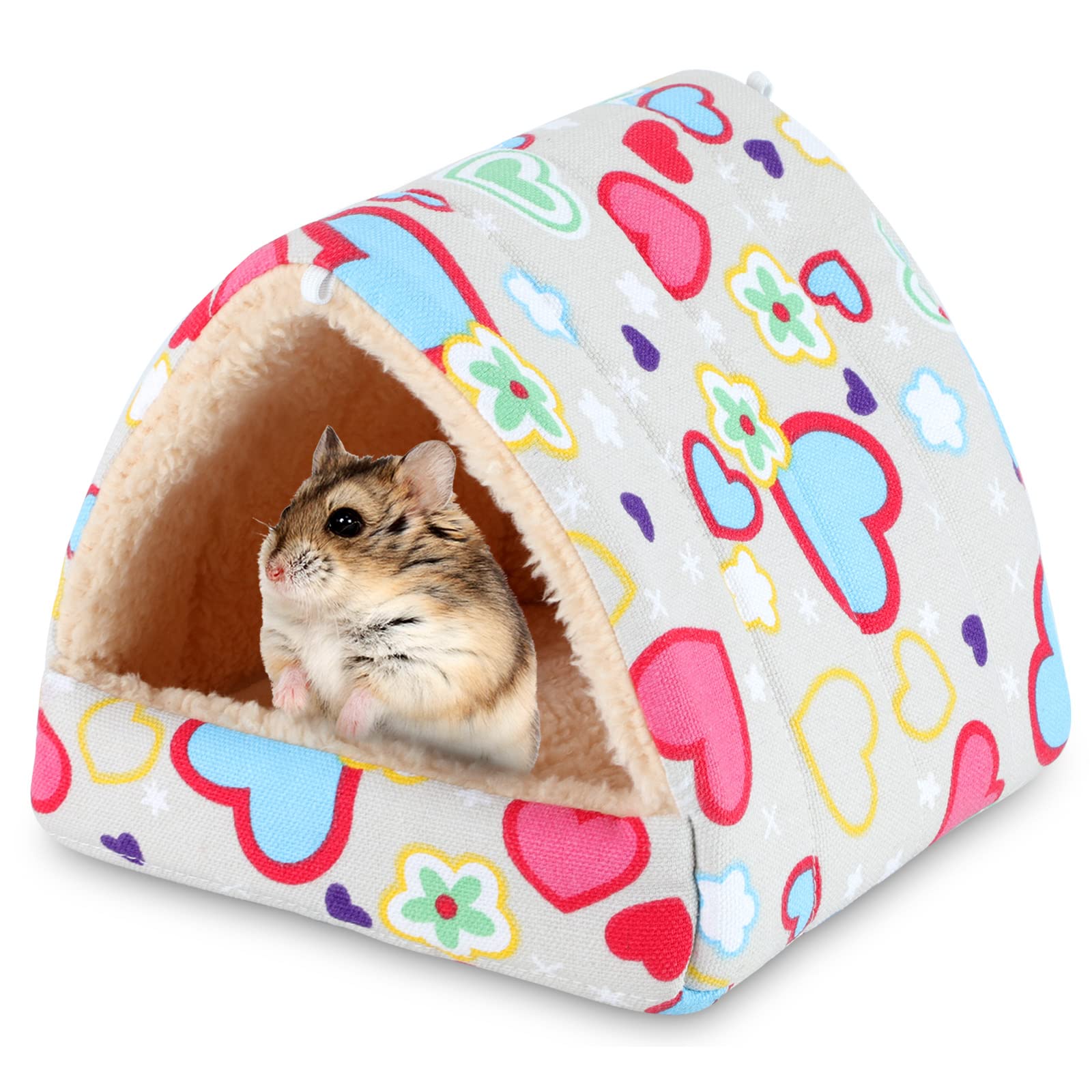
Paper pellet bedding is a relatively new option in the market, but it has gained popularity among hamster owners. It is made from compressed paper fibers and is highly absorbent. This type of bedding is also dust-free, making it suitable for hamsters with respiratory issues. Paper pellet bedding is available in different sizes and can be easily scooped out for cleaning.
Types of Paper Pellet Bedding
There are two types of paper pellet bedding – recycled paper and paper pulp. Recycled paper pellets are made from shredded newspaper or office paper. They are affordable and readily available. Paper pulp pellets are made from compressed paper fibers and are more absorbent than recycled paper pellets. However, they can be more expensive.
Pros and Cons of Paper Pellet Bedding
Pros:
- Highly absorbent
- Dust-free
- Environmentally friendly
- Available in different sizes
- Easy to clean
Cons:
- Can be expensive
- May not control odor well
- Some types may stick to hamster’s fur
- May require frequent changing
List: Things to Consider When Choosing Paper Pellet Bedding
- Type of paper used
- Absorbency level
- Dust-free
- Odor control
- Availability
- Price
Conclusion

Choosing the best bedding for your hamster is crucial for their comfort and health. Each type of bedding has its own pros and cons, and it ultimately depends on your personal preference and your hamster’s needs. It is important to consider factors such as absorbency, odor control, safety, and availability when making your decision. We hope this guide has helped you understand the different types of hamster bedding and make an informed choice for your furry friend. Remember to regularly clean and change the bedding to ensure a happy and healthy environment for your hamster.

